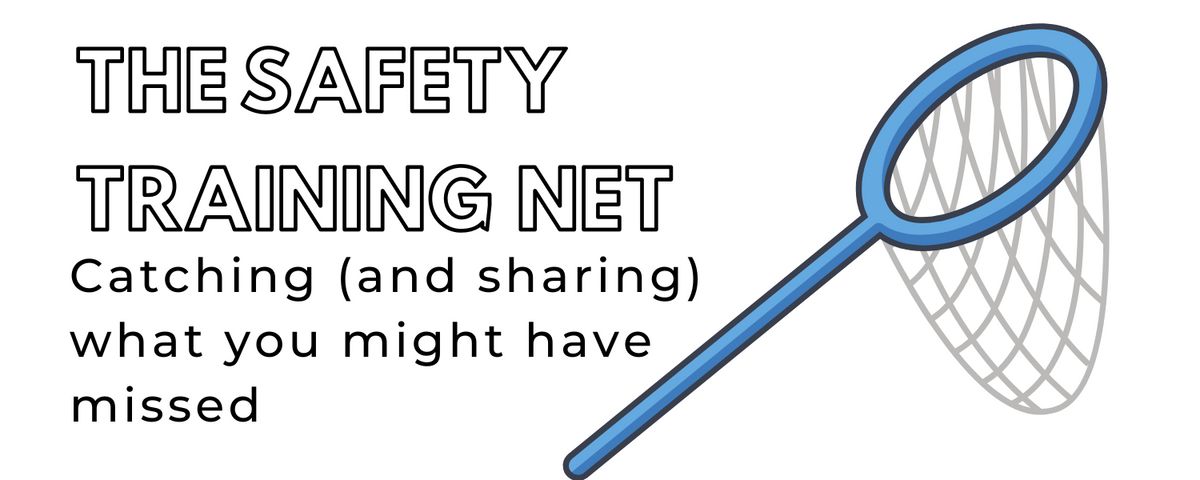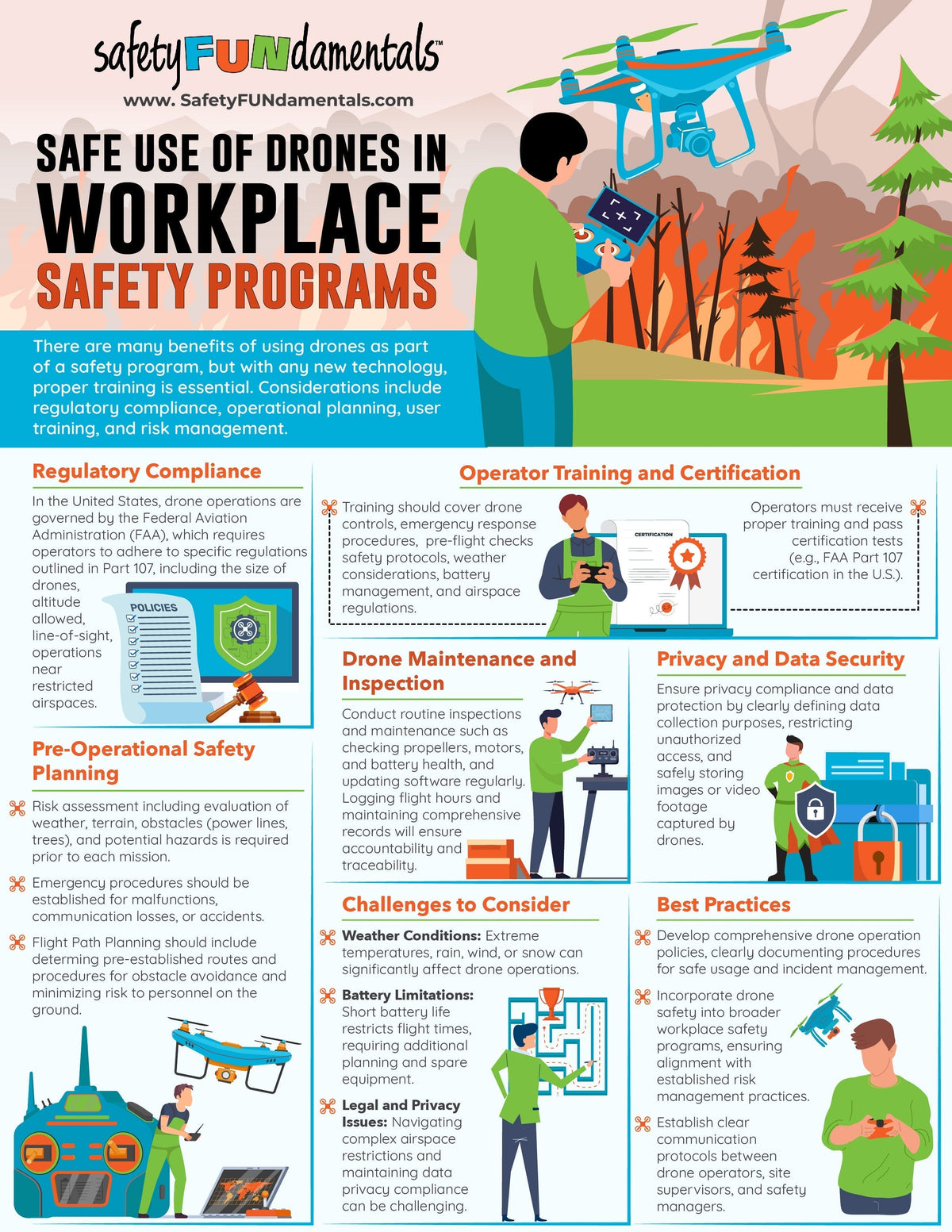Workflow Learning Part 2

In the last post, I talked about workflow learning. We all do this every day and it’s increasingly simple with technology becoming more prevalent in our daily lives. Stop and think how many times a day you need information on the spot which requires you to do a quick search on Google or YouTube. Check out your search history and you will probably see that you are doing this more than you realize. Lately, my personal go-to source for workflow learning is Amazon’s Alexa or Apple’s Siri. If I am in the middle of following a recipe and need to figure out the equivalent measurement for an ingredient in metric, I just ask Alexa. I could take a class on the metric system vs. the English system but instead, Alexa provides the information where I need it when I need it. If the same recipe tells me to “braise” something and I have no idea how to do that, I quickly question Alexa or Siri and get the answer instead of me having to go and take a cooking skills class (which is actually still not a bad idea).
Alexa and similar technologies can provide what is known as performance support. Safety professionals might be more familiar with the idea of job aids which serve as (usually) visual reminders of what needs to be done. Activities that require a certain set of steps to be done in a particular order are usually supported by a job aid. Job aids can be used in life or death situations and can often be found alongside AEDs and displayed at permit required confined spaces (PRCS). In both of these instances, the individuals who use the job aid should have previously attended corresponding training. The individuals pulling out an AED to save someone’s life will have learned to use the AED in a classroom setting but when it’s time to actually use it in an emergency situation, a job aid can be extremely important to help guide the user through the right steps, especially when the chaos of the situation may cloud someone’s ability to think straight. Similarly, a job aid at a PRCS is another example of on the job learning in the form of performance support. The individuals involved with entering a confined space will have been trained and tested on their ability to successfully enter a PRCS but if they have questions while setting up or during the entry , they need the information now – during the workflow, Providing learning as the work is being done is key to workflow learning.
Traditional classroom training, done correctly, will provide opportunities for the trainee to think how the information will apply to their job responsibilities. Interactive activities can help make this connection and can help the learning stick. What is very difficult to include in a training class though are special circumstances or situations that may arise when the job is actually being performed. Being able to provide instruction or learning in these special situations as they occur on the job is what workflow learning is all about.
There are various apps out that exist to provide on the spot learning (like first aid apps, chemical hazard guides, arc flash calculators, or fall related apps) and Alexa may provide some help but likely an on demand source of information on the job will be through the use of technology or even immediate access to someone who will have the answers. Does something look out of place during a routine inspection? Imagine if a worker could photograph it and send it to an expert for their opinion and be able to receive direction on what it means and/or what to do. The trainee would have experienced workflow learning and the next time a situation presents itself, the employee will have learned through workflow learning how to handle it correctly.
Workflow learning can push training delivery beyond the walls of the training classroom. This makes it more realistic, more applicable to the trainees’ world and therefore more likely to be remembered and since all training is wasted if it isn’t retained, this is key.
Think….how can you move your training beyond the walls and get it to the trainees where and when they need it? Building in workflow learning is key.
Leave a comment
Comments will be approved before showing up.




